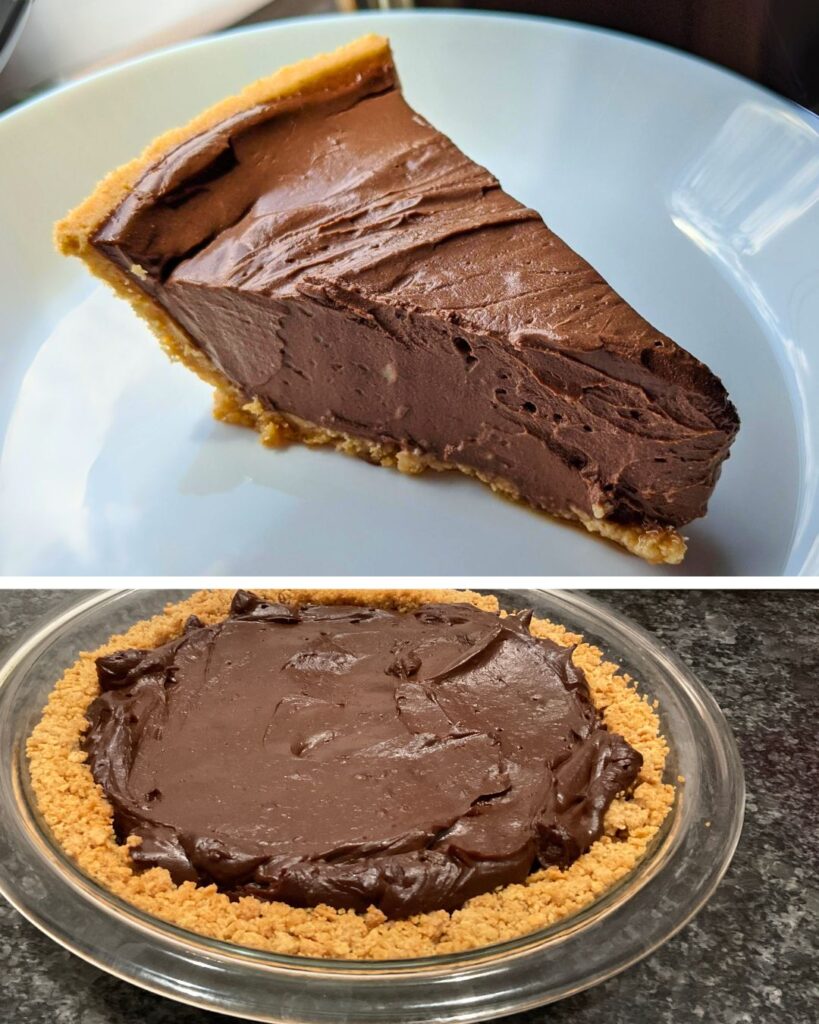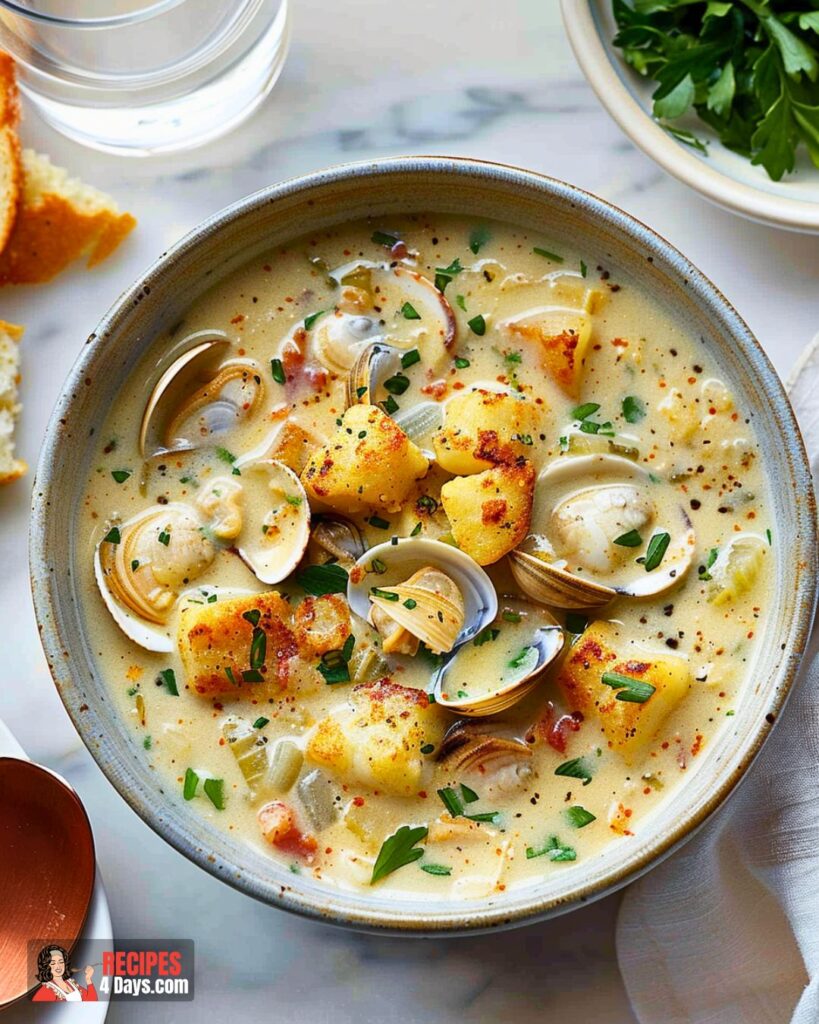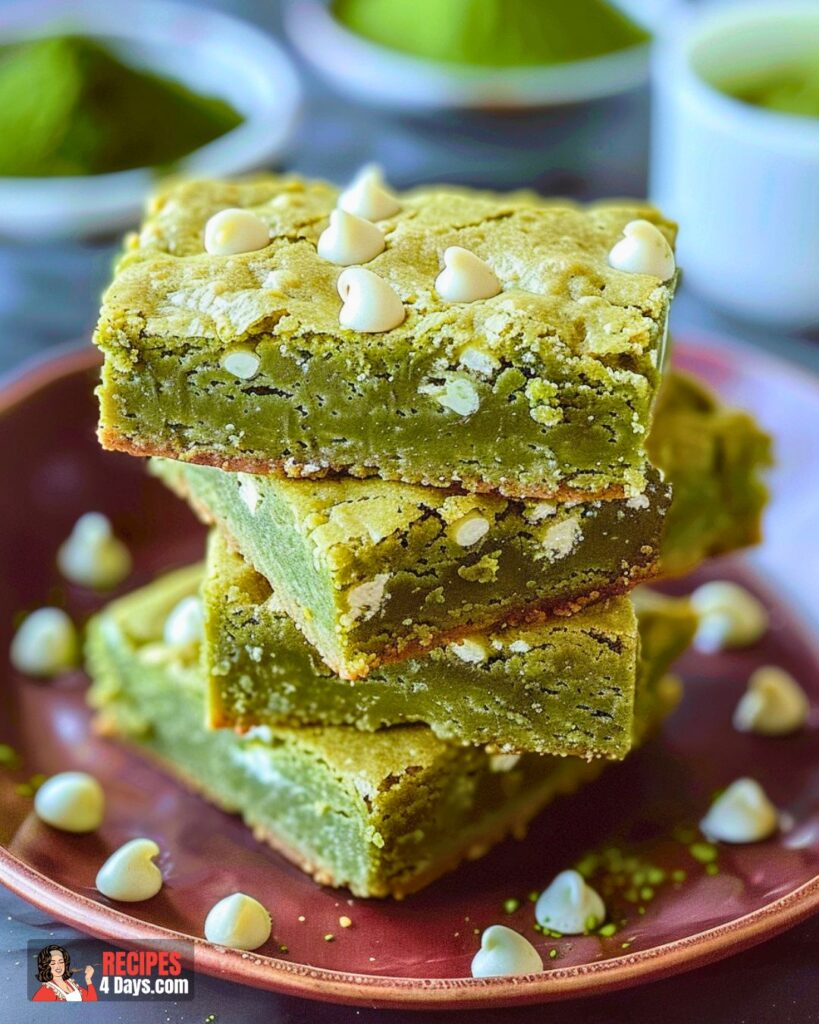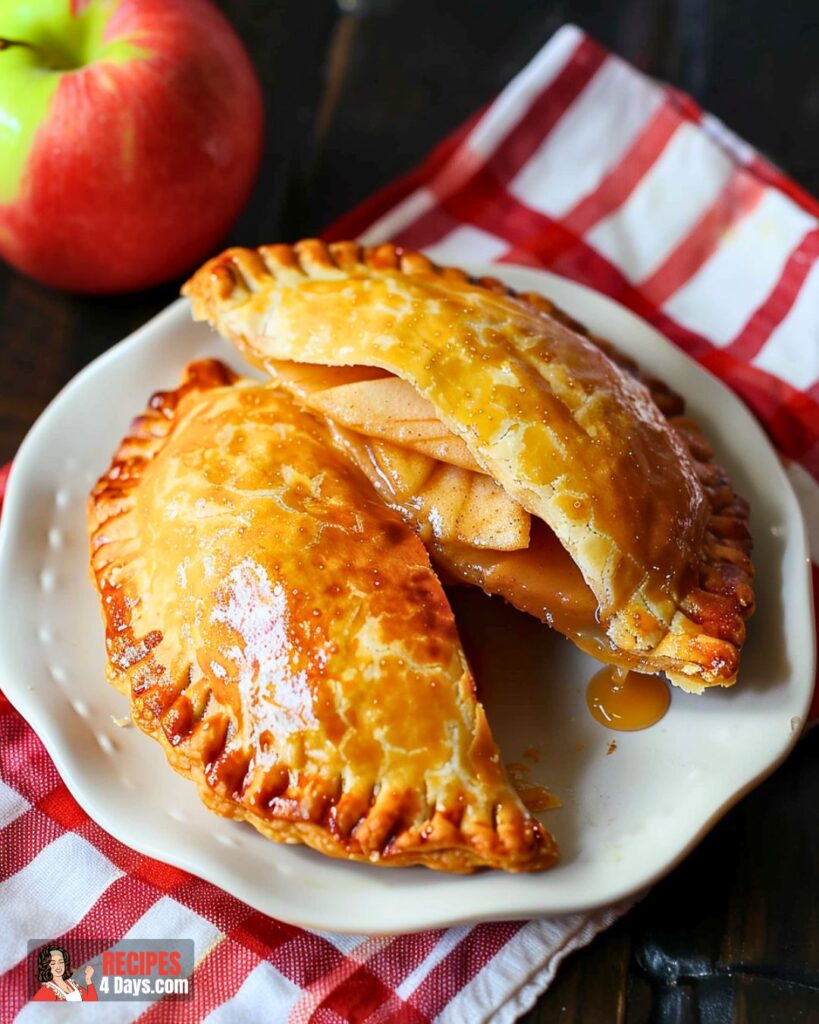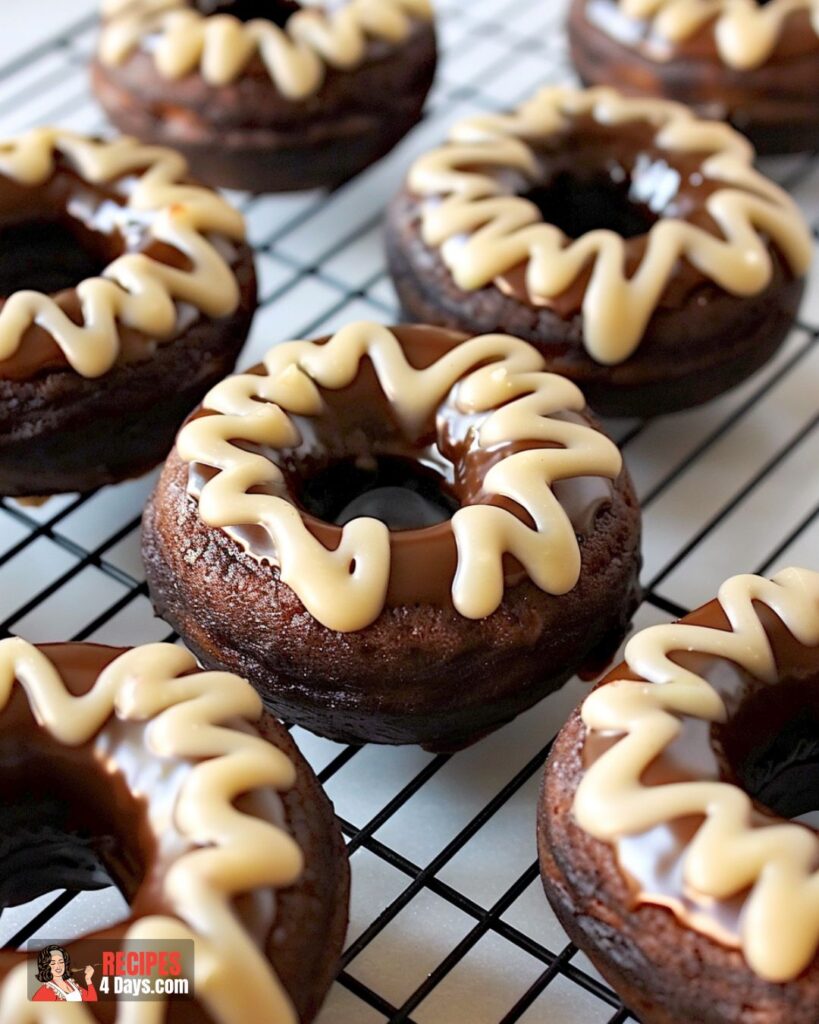Grandma’s Chocolate Pie is a staple recipe for many families. It is delicious, easy to make and always the fan favorite at potlucks, family gatherings and other events. You can make the pie with all-American ingredients you probably already have in your pantry. This pie is so easy to make that it has become a tradition for even the most novice cooks to try making it. Grandma’s Chocolate Pie is a great dessert for Thanksgiving, Christmas and any other holiday during the year. It is a wonderful choice for your next holiday party or weekend get together.
Grandma’s chocolate pie recipe is my grandmother’s pastry recipe that she gave to me. I’ve tried many other chocolate pies, but none match the taste and quality of this one. The recipe is simple to make and follow, and if you like chocolate pies, I am sure you will like this one too!
How to Prepare the Grandma’s Chocolate Pie
Ingredients:
- ½ c. cocoa
- ¼ cup cornstarch
- 3 egg yolks
- 1 ½ c. sugar
- ¼ tsp. salt
- 2 c. milk
- 1 tsp. vanilla
Directions:
Preparation: Begin by preparing your ingredients. This recipe is designed without meringue, but if you prefer, you can add meringue as a topping.
Mixing: In a large mixing bowl, combine the cocoa, cornstarch, and sugar. Add the beaten egg yolks, salt, and vanilla to the dry ingredients. Mix these together until they are well combined.
Cooking: Gradually add milk to the mixture. It’s important to add the milk slowly and stir continuously to avoid lumps and ensure a smooth consistency. Once all the milk is incorporated, transfer the mixture to a pot.
Place the pot over medium-high heat. Keep stirring the mixture constantly while it cooks. The key is to cook until the mixture becomes thick, ensuring a smooth texture. This usually takes a few minutes.
Final Steps: After the mixture has thickened, remove it from the heat. Pour the chocolate filling into a pre-baked pie shell. Ensure the filling is evenly distributed within the shell.
Chilling: Once the pie is filled, place it in the refrigerator. Chill the pie until it sets. This will take a few hours, but it’s essential for achieving the perfect consistency.
FAQ:
1. What type of cocoa should be used in the chocolate pie?
For this recipe, you can use unsweetened natural cocoa powder to achieve a rich and deep chocolate flavor. Avoid using Dutch-processed cocoa unless specified, as it reacts differently with other ingredients due to its alkalization process.
2. How can I prevent lumps from forming in the pie filling?
To prevent lumps, mix the cornstarch, cocoa, and sugar together before adding any liquid. This helps distribute the cornstarch and cocoa evenly. Gradually add the milk to the dry ingredients while continuously stirring. Using a whisk can also help break up any lumps that do form.
3. Can I use something other than a traditional pie crust?
Absolutely! While a pre-baked traditional pie crust works well, you can also use a graham cracker crust or an Oreo cookie crust for extra flavor and texture. These alternatives are especially good if you prefer a crust that adds a bit more sweetness and complexity to the pie.
4. What’s the best way to chill the pie, and how long should it chill before serving?
Once poured into the pie shell, let the pie cool to room temperature before placing it in the refrigerator. This prevents condensation from forming on the surface. Chill the pie for at least 4 hours to set completely, which makes slicing much easier. For best results, chilling overnight is recommended.
5. How do I know when the pie filling is cooked enough on the stove?
The filling should be cooked until it’s thick enough to coat the back of a spoon and hold a line drawn through it with your finger. It usually thickens just before it begins to boil, with large bubbles slowly breaking the surface. Keep stirring throughout the cooking process to prevent the bottom from burning.
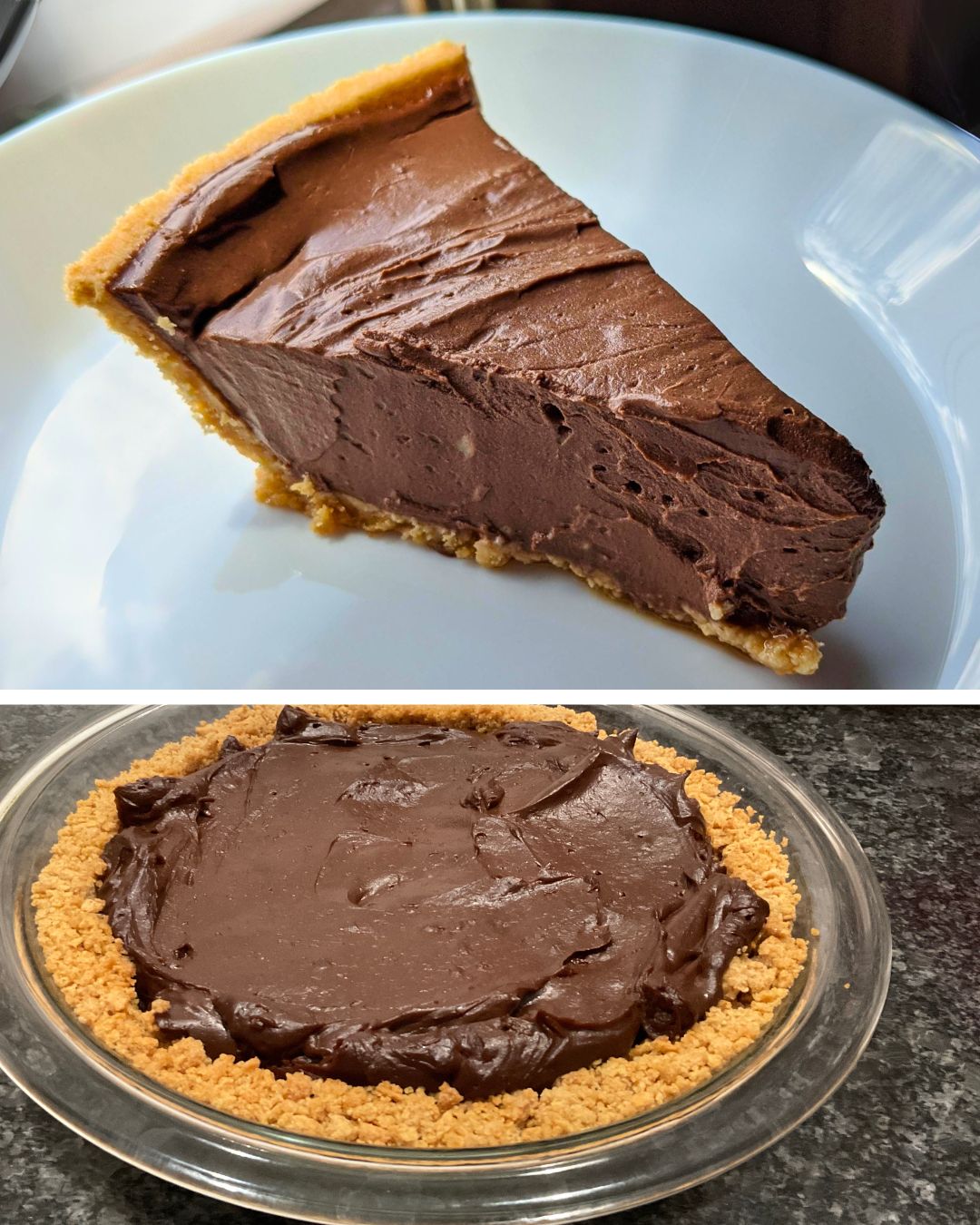
Grandma’s Chocolate Pie
Ingredients
- ½ c. cocoa
- ¼ cup cornstarch
- 3 egg yolks
- 1 ½ c. sugar
- ¼ tsp. salt
- 2 c. milk
- 1 tsp. vanilla
Instructions
- This recipe does not have meringue on it. You could make the meringue if you want.
- Mix cocoa, cornstarch, beaten egg yolks; sugar and salt and vanilla, then add milk gradually, while stirring in a pot over med-high heat.
- Cook until thick, beating it smooth.
- Pour into a pre-baked pie shell.
- Put in the fridge to chill
